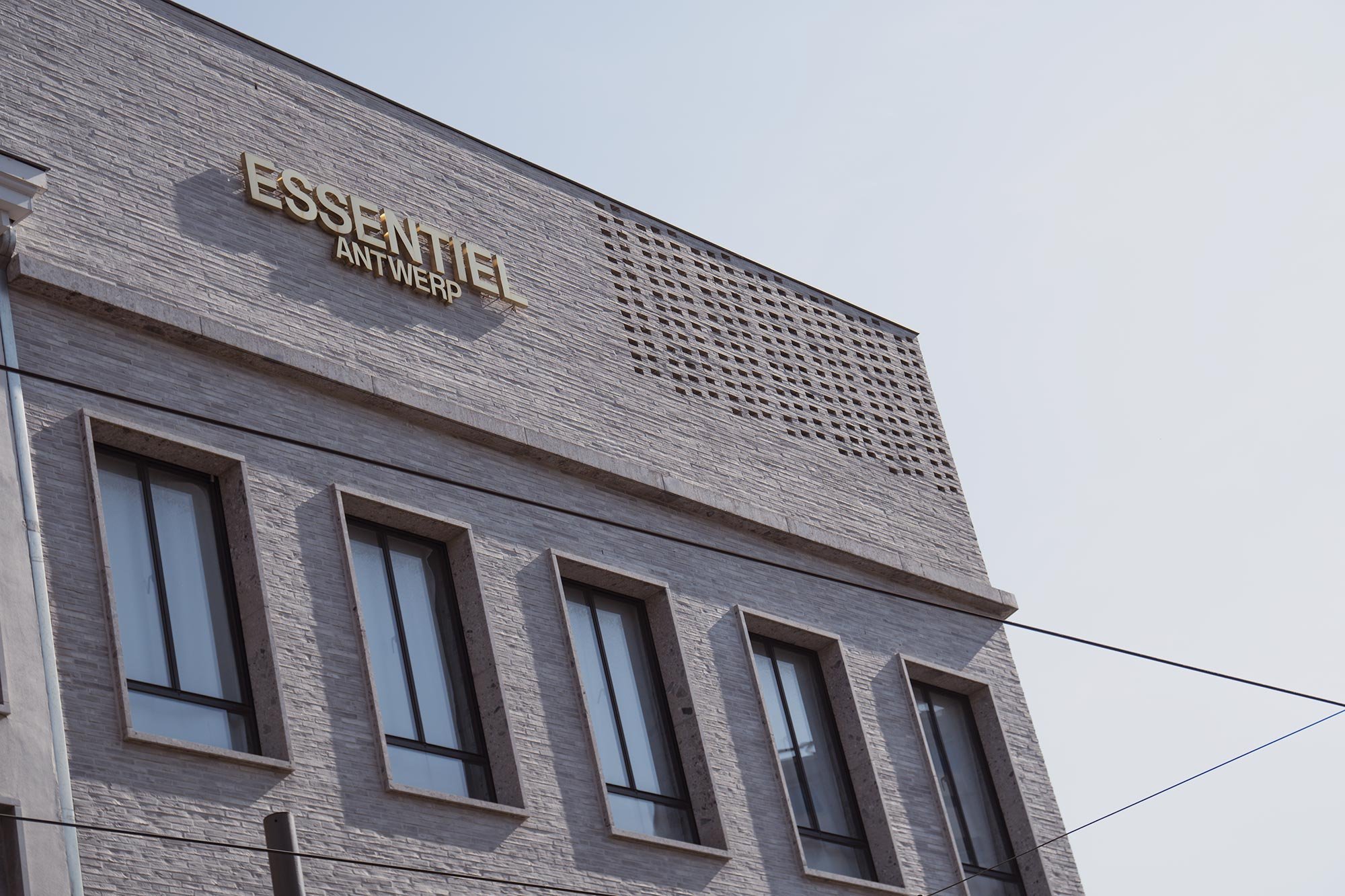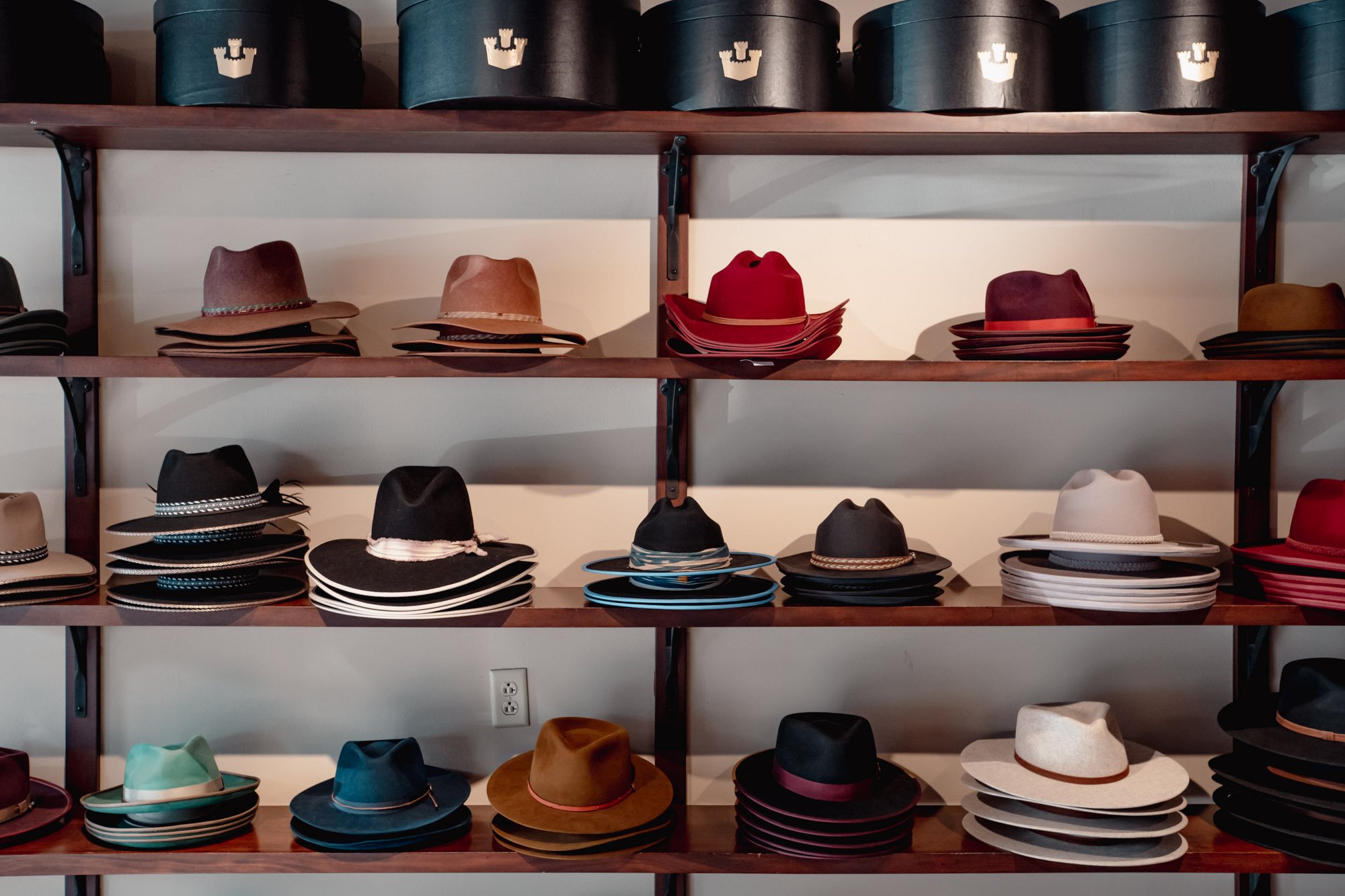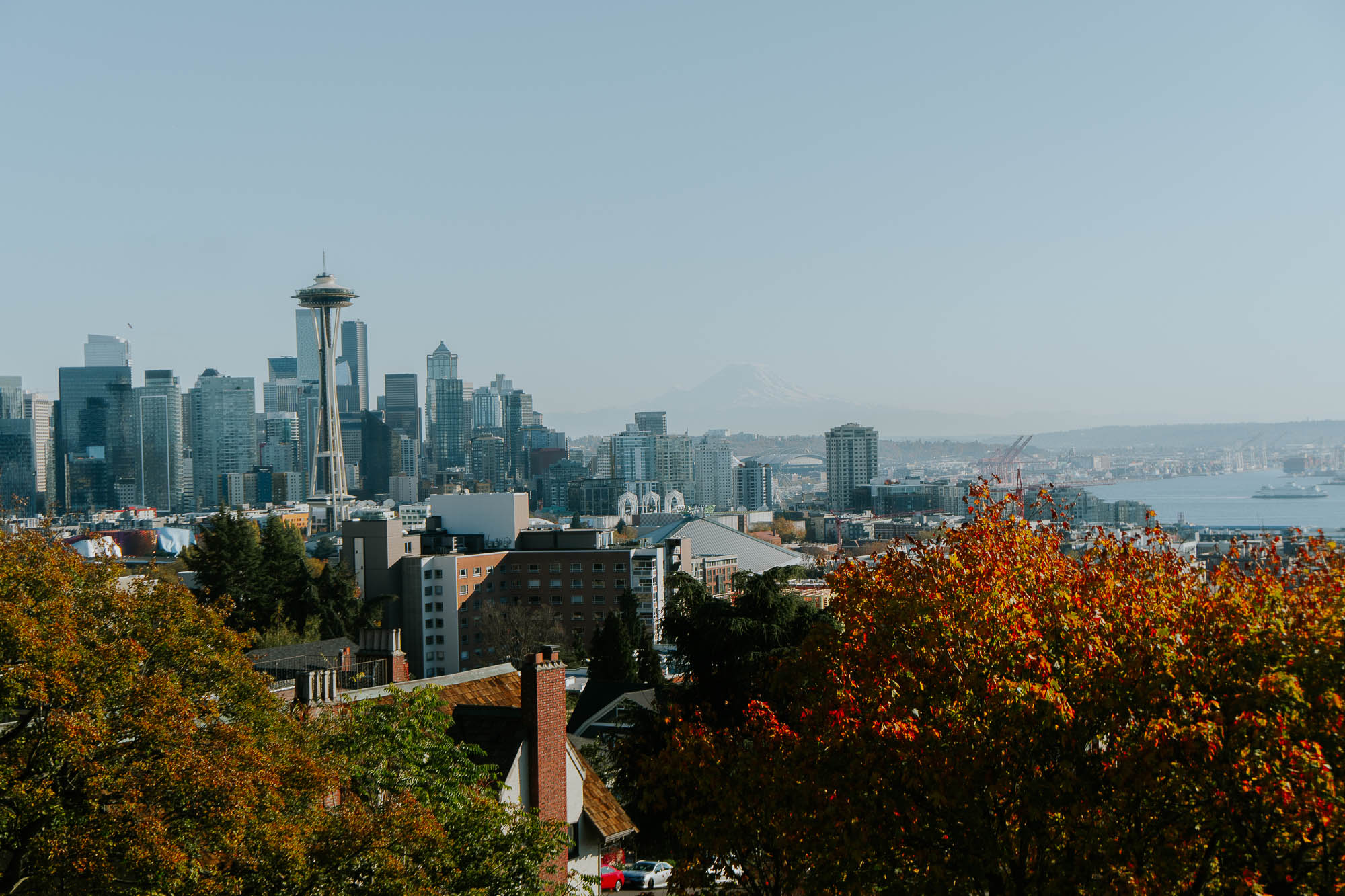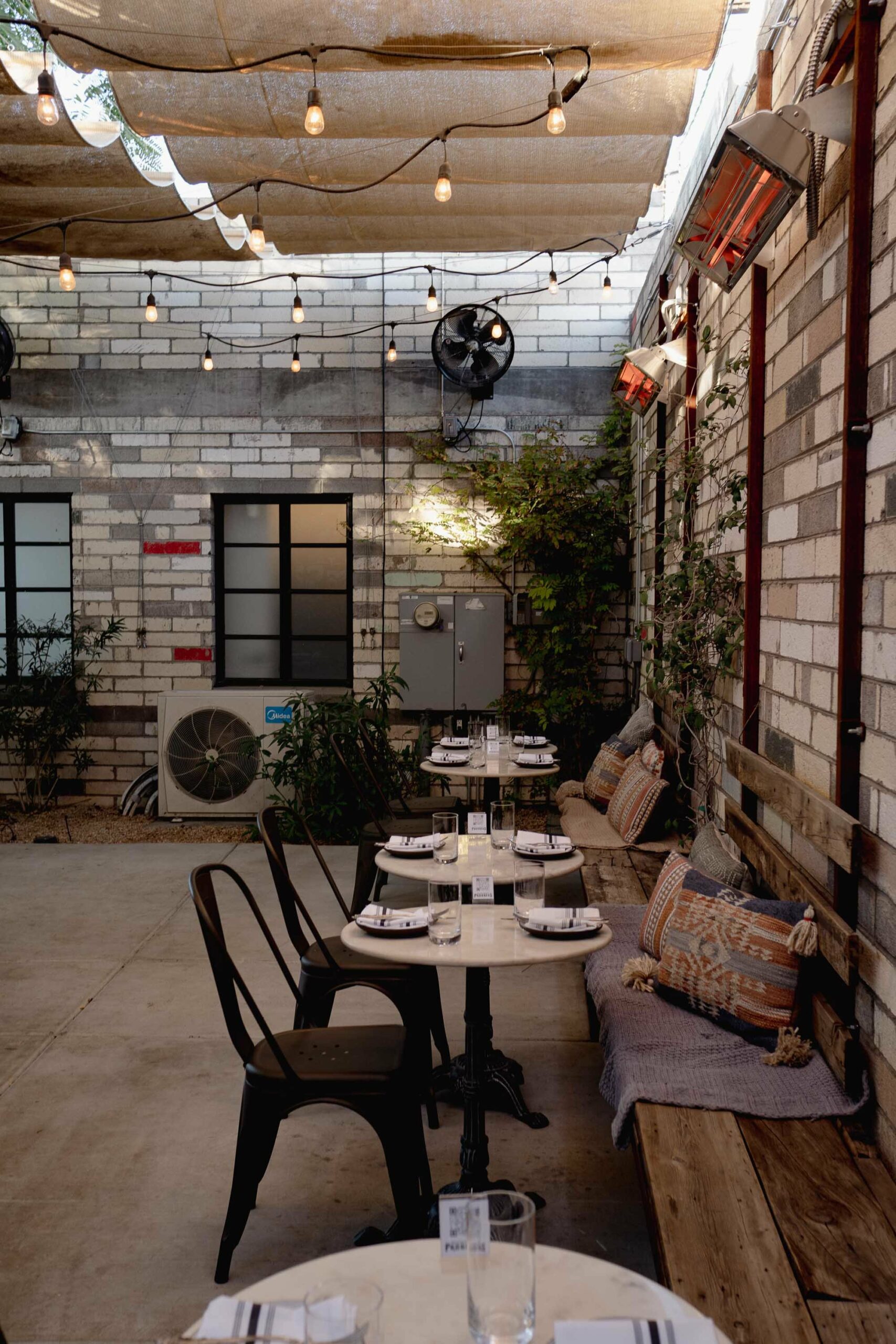Even though we have been living in Singapore for nine months (time flies!), we didn’t actually take the time to explore the city — yet. Well, this is about to change now! With borders being closed, we have a lot of time to travel within “our” city in the next few weeks. We will look out for cute neighborhoods, things to do (besides mass tourism, visible landmarks and things everybody knows anyway), and look out for less known places. You will see there is more to discover beyond the impressive skyline and the lively city center.
To get you in the mood I will start with some crucial facts about the city-state in Southeast Asia, which we may call our home:
Singapore is one of the world’s very few city-states and among the 20 smallest countries in the world. In southeast Asia, it is the smallest city and state. Small, but oh my! Next to Hong Kong, South Korea, and Taiwan, Singapore belongs to the Four Asian Tigers, which refer to Asian economies that underwent rapid industrialization and maintained an exceptionally high growth rate, developing into high-income economies. Singapore has even become a leading international financial center.
Singapore is an island nation. It is made up of the island of Singapore itself and 60 smaller islands. Located just off the southern tip of Peninsular Malaysia, Singapore initially belonged to Malaysia. In 1965, Singapore separated from Malaysia to become an independent and sovereign state. Since then, the Straits of Johor separate the state from Malaysia while the Singapore Strait separates it from Indonesia. Most of the island consists of urban areas, and there are no significant areas of land.
View to Indonesia from Marina Bay Sands.
Singapore ranks 3rd in population density, with 8358 people per km². Since Singapore becoming an independent sovereign nation, Singapore’s population has grown rapidly. Today, approx. 5.5 million people live in Singapore. Since the main island is hardly sufficient for the rapidly growing population, Singapore has expanded its territory by reclaiming land using earth acquired from the seabed, its hills, and neighboring nations. Marina Bay, with the famous hotel Marina Bay Sands makes a notable example as the expansion of the island, created it.
The Marina Bay with the famous Marina Bay Sands Hotel, the Singapore Flyer and the ArtScience Museum
Singapore is multicultural. Chinese, Malaysians, and Indians represent the most significant parts of the population. However, 75 percent are Chinese. Therefore, there are many different cultural influences in the cuisine of Singapore. Besides, Singapore celebrates the national holidays of different cultures, ethnicities, and religions, such as Chinese New Year, Vesak (Buddhist), Hari Raya Puasa and Hari Raya Haji (Islamic), Deepavali (Hindu), Good Friday and Christmas Day (Christian).
The Arab Street with the Sultan Mosque.
There are four official languages of Singapore: Tamil, Malay, Chinese, and English, with English being the lingua franca. However, most people speak a colloquial form known as Singlish, which reflects the multicultural nature of Singapore and includes words from English, Malay, Hokkien, Tamil, and others. Singlish is apparently discouraged by the government, though, as it claims Singlish to handicap Singaporeans. Anyway, some Singlish terms and expressions are officially in the Oxford English Dictionary, such as “ang moh”, “blur”, and “hawker centre”.
Singapore has the world’s highest percentage of millionaires, with one out of every six households having at least one million US dollars in disposable wealth. At the same time, Singapore is among the world’s most expensive cities (I can tell!), and acute poverty is rare.
Singapore is almost on the equator. Lying entirely between the 1st and 2nd parallels, it is only 111 kilometers away from it. Thus, Singapore’s climate is classified as a tropical rainforest climate with no true distinct seasons. The average daily temperature is 26.7 degrees Celcius. Between October and February, there is “wet season”, which means it will rain more often, while the other months, it is usually hotter and drier.
Singapore has been under British rule twice. And even 200 years after Sir Thomas Raffles founding “modern Singapore”, there are still some of his visions visible: In Singapore, there are several distinct ethnic neighborhoods, including Chinatown, Little India, Arab Street, and others. The Raffles Hotel, which is where the famous Singapore Sling (cocktail) was created, is located in the Civic District.
Singapore is sometimes called “Fine City”. Though this title has a double meaning, as it refers to the many fines the country imposes. Additionally, there are surveillance cameras everywhere—however, the fines and strict rules resultate in an impressive clean city that is also considered as very safe.
Fishing in Singapore River can cost up to 3000 SGD penalty 😉
Singapore is one of the world’s greenest cities (and countries). Nearly half of the land area is under green cover, and even many of the high-rise buildings in downtown are planted or feature a green roof. are In the middle of the city is the “Botanical Garden”, a UNESCO World Heritage Site with over 60,000 plants. And the government is going even further and wants to transform the “Garden City” into a “City in the Garden”, for which further green spaces such as the Gardens by the Bay have been developed.













POST COMMENT